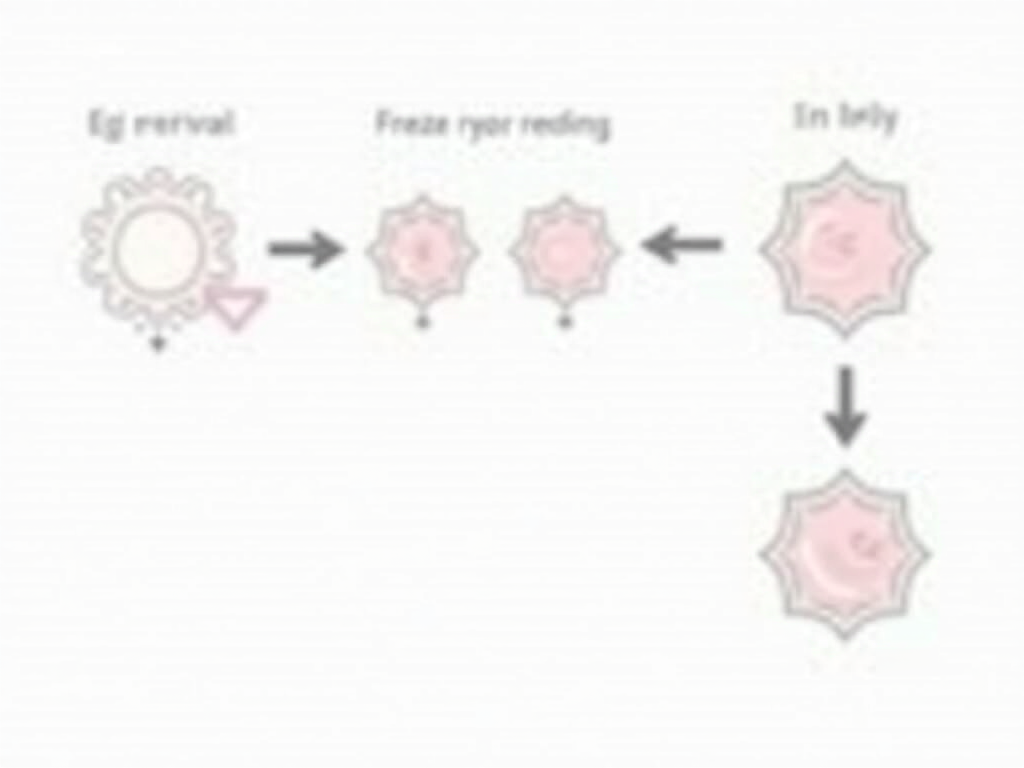Navigating Cancer and Fertility: A Comprehensive Guide
June 20, 2025, 7:25 a.m.
Overview
Cancer treatment can significantly impact fertility, making preservation techniques crucial for patients who wish to have children in the future. This article explores the emotional journey, support systems, and preservation techniques available to cancer patients, providing valuable insights and personal experiences to guide readers through this challenging process.
The Emotional Journey of Fertility Preservation
Facing a cancer diagnosis is overwhelming, and the added concern of fertility can be emotionally taxing. Patients often experience a range of emotions, from fear and anxiety to hope and determination. It's essential to acknowledge these feelings and seek support from loved ones and healthcare professionals.
Personal Insight
When I was diagnosed with cancer at 28, the thought of losing my fertility was devastating. I felt like my future was being taken away from me. However, with the support of my family and medical team, I navigated the preservation process and found hope in the possibility of having children after treatment.

The Role of Support Systems in Fertility Preservation
Support systems play a vital role in helping cancer patients navigate fertility preservation. Family and friends can provide emotional support, while healthcare professionals offer medical guidance and expertise. Engaging with support groups can also be beneficial, as they provide a platform for sharing experiences and gaining insights from others who have faced similar challenges.
For more information on the importance of support systems, visit the Cancer Support Community.
Fertility Preservation Techniques for Cancer Patients
There are several preservation techniques available, including sperm banking, egg freezing, and embryo cryopreservation. Each technique has its own benefits and considerations, and the choice depends on the patient's individual circumstances.
Below is a comparison of the most common fertility preservation techniques:
| Technique | Description | Pros | Cons |
|---|---|---|---|
| Sperm Banking | Collecting and freezing sperm for future use | Non-invasive, high success rates | Requires multiple samples, may not be suitable for all patients |
| Egg Freezing | Collecting and freezing eggs for future use | Allows for future pregnancy, can be used with or without a partner | Invasive procedure, lower success rates compared to embryo cryopreservation |
| Embryo Cryopreservation | Creating and freezing embryos for future use | Highest success rates, allows for future pregnancy | Requires a partner or donor sperm, may not be suitable for all patients |

Fertility Preservation and Age
Age plays a significant role in the success of fertility preservation techniques. Younger patients generally have higher success rates, while older patients may face more challenges. For instance, women over 35 may have a lower ovarian reserve, which can affect the number of eggs retrieved for freezing.
For more information on age and fertility preservation, visit the American Society for Reproductive Medicine.
Summary
Navigating cancer and fertility is a complex and emotional journey. By understanding the preservation techniques available, seeking support from loved ones and healthcare professionals, and acknowledging the emotional impact, patients can make informed decisions about their fertility future.
